Warm-weather footwear is comfy and easy, but it can lead to serious foot problems. We take a closer look.
By Corrie Pikul and Emma Haak
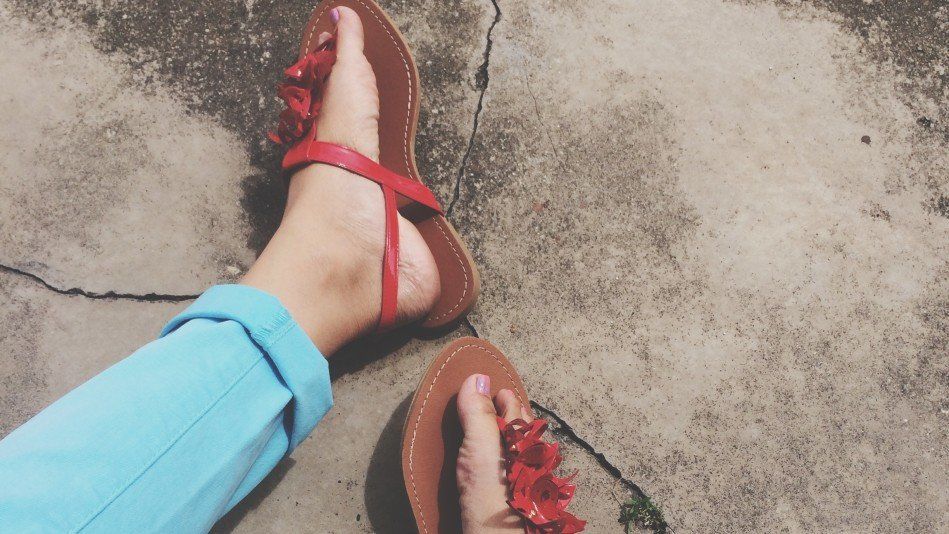
Best for: Leisurely lunches; stylish air travel options
Avoid: Running through amusement parks; long summertime strolls
Doctor's note: While straps around your ankle area and higher (like gladiator-style picks) do offer additional stability and may prevent twisted or sprained ankles, Andersen says, if the bottom of the shoe is still flat as a pancake, that sandal is doing nothing to support your foot. There is hope, however, if you opt for sandals with arch support. Contoured sandals helped keep arches elevated much better than going barefoot or wearing flat sandals, found a small 2014 study published in the Journal of Foot and Ankle Research. Their benefit was just slightly less than that of orthotics.

Best for: Lounging at the beach or pool; protecting your feet from germy locker room shower floors
Avoid: Distances longer than the parking lot to the sand and driving (they can slip off and get lodged beneath car foot pedals). And if you suffer from poor circulation or diabetes-induced numbness in your feet, you really shouldn't be wearing flip-flops out and about, says Andersen. If a foreign body like a rock or piece of glass gets lodged in your foot, you're less likely to feel it and remove it, and that could lead to infection.
Doctor's note: Like contoured sandals, flip-flops with built-in arch support are by far a better choice than the flat variety, says Andersen. "Some are as good as orthotics, or even athletic shoes."
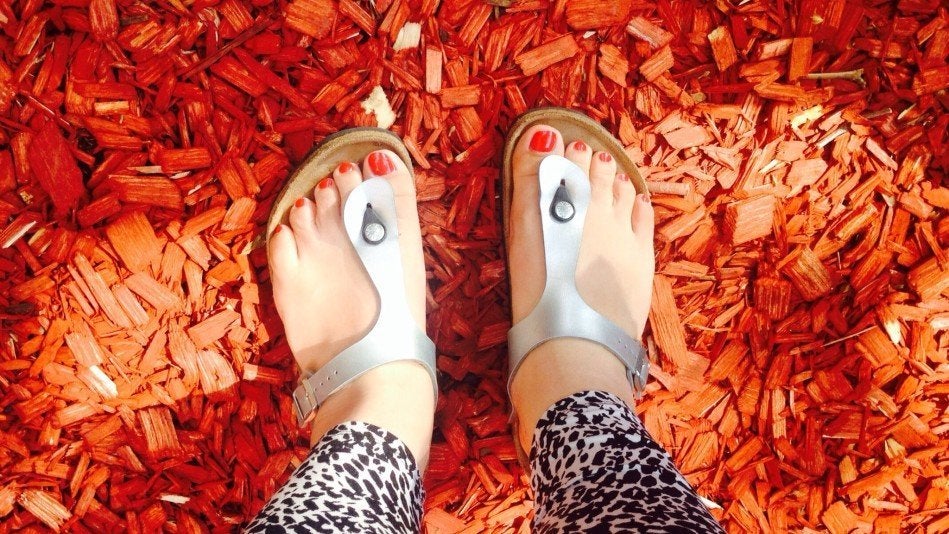
Best for: Camp counseling; pointing out constellations in the night sky
Avoid: Hiking; any activity that qualifies as a trek
Doctor's note: Break them in by wearing them around your home so you know how they feel before you wear them outside.
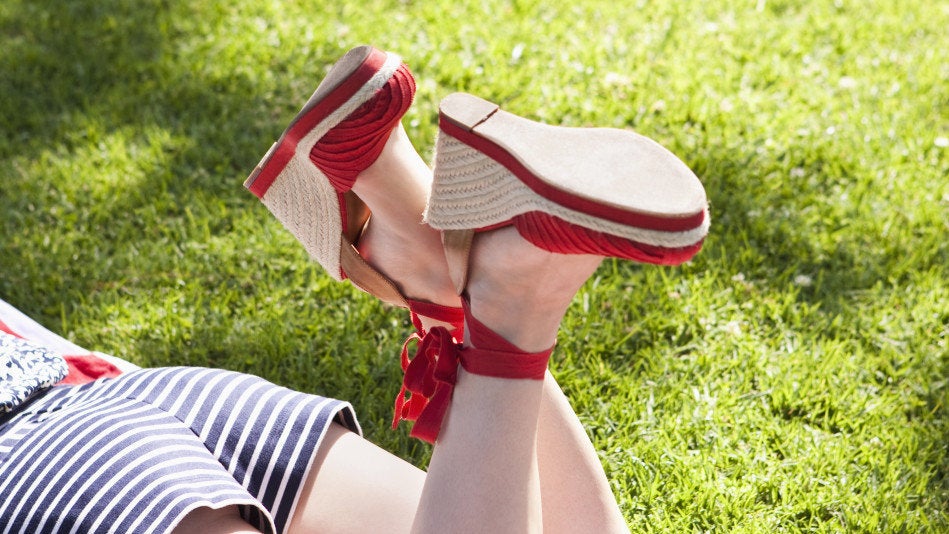
Best for: Getting around the office on summer Mondays through Thursdays; standing during a speech or a toast
Avoid: Rushing to catch a flight; trying to get anywhere in a hurry, really
Doctor's note: "Cork and raffia soles offer better shock absorption," says Brenner. "Wood is very rigid, which can cause your foot to overcompensate. This can lead to instability and extra pressure on the knees and hips. With wooden sandals, look for a rubberized sole that helps with shock absorption."
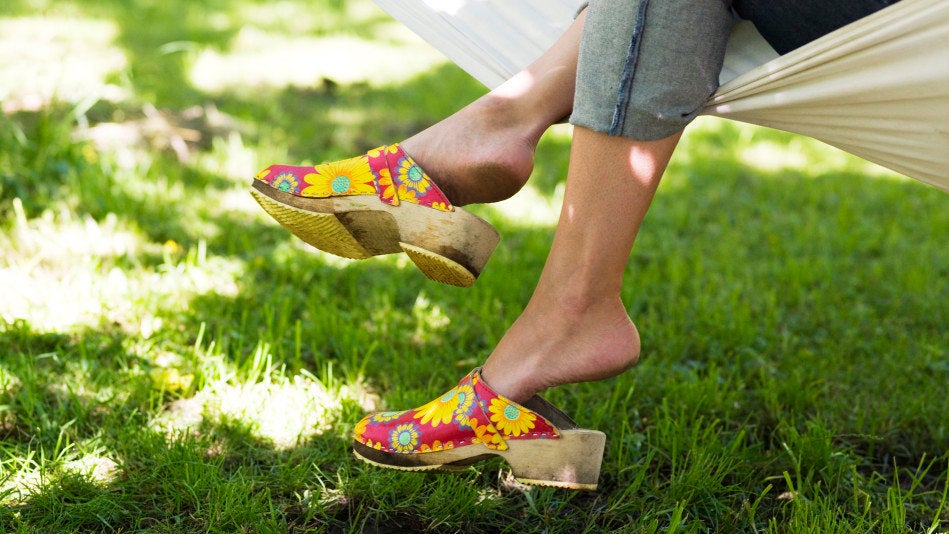
Best for: Swaying at a mellow concert; preparing hors d'oeuvres for a party
Avoid: Sightseeing around Europe
Doctor's note: "If you're going to be doing a lot of walking, your best bet, really, is a pair of stylish athletic sneakers," says Brenner.
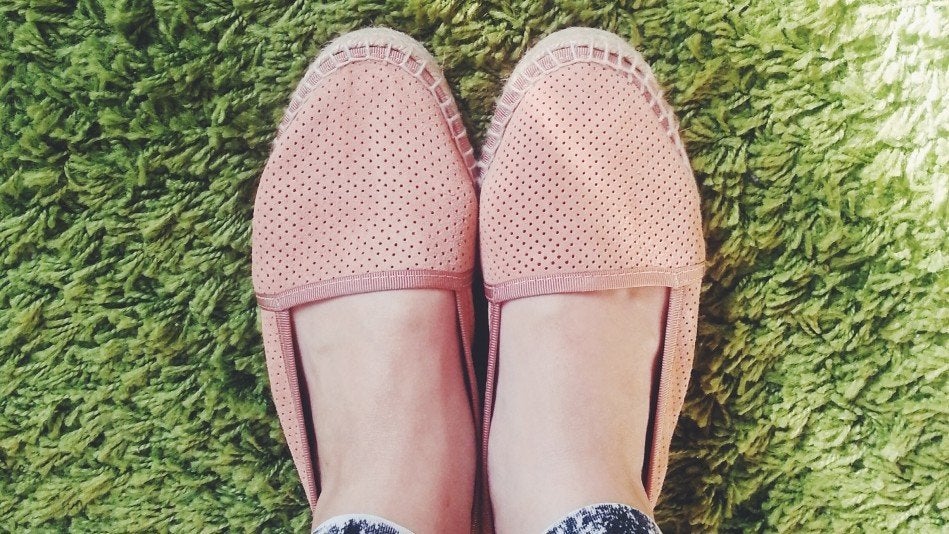
Best for: Family reunions; picnicking in the park
Avoid: Energetic frolicking (especially in the rain)
Doctor's note: "The fabric would be more comfortable for those with calluses and bunions that are irritated by leather straps and hardware," says Brenner.
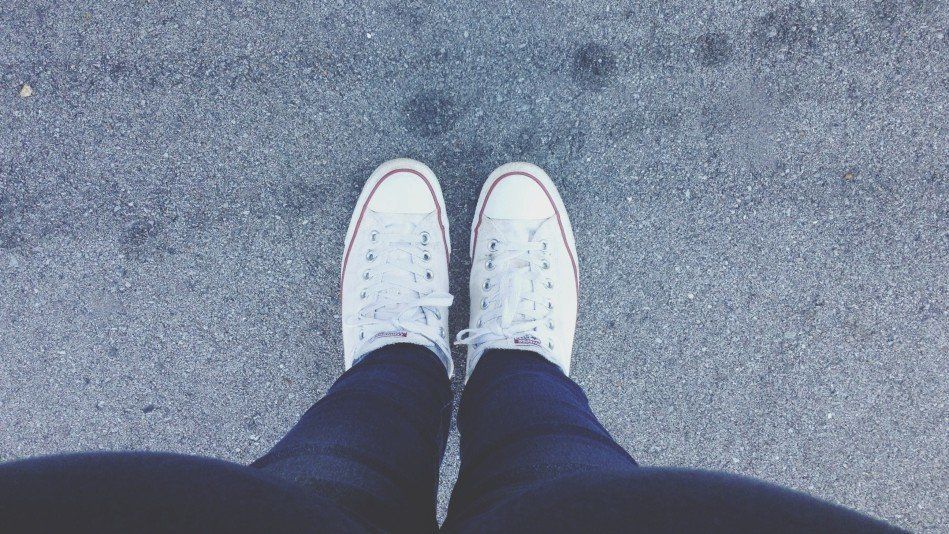
Best for: Cruising on a bicycle built for two; chilling at a backyard barbecue
Avoid: They may look sporty, but they're not intended for walking or standing for long periods of time
Doctor's note: Don't be fooled by their relative comfort. "I work with a lot of professional women who think these are their 'safe shoes,' but they can cause a lot of problems," says Brenner.

Best for: Adding height at a crowded rooftop party
Avoid: Dancing at said party, climbing stairs; chasing after children
Doctor's note: "For a wedding or other formal occasion, consider styles from Easy Spirit, Aldo or Stella McCartney -- pricey but worth it," says Brenner. Try adding padded insoles or arch cushions from the drugstore.
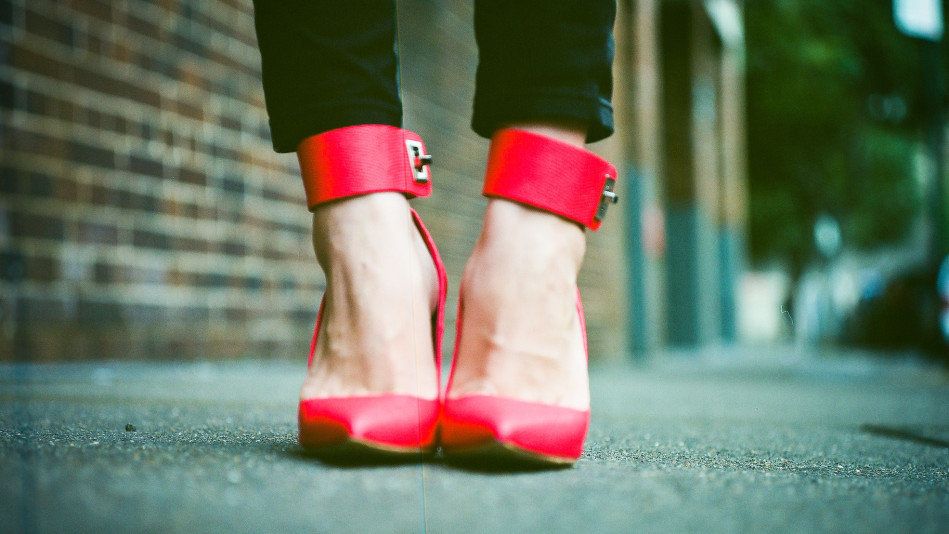
Best for: Boosting height, confidence, sex appeal and personal style (just remember that 8 weeks on crutches can undo it all)
Avoid: Walking (ask someone to carry you!); fulfilling your bridesmaid duties on the dance floor
Doctor's note: "Get your feet properly measured," says Brenner. "Go at the end of the day, when feet are most swollen, and have the length and width measured while standing up, because shoes fit differently when you're sitting down. I'm a believer in custom orthotics that have been prescribed by a doctor. The Cobra orthotic is made to be worn in high-heeled shoes, and provides a little metatarsal cushioning and midfoot control."
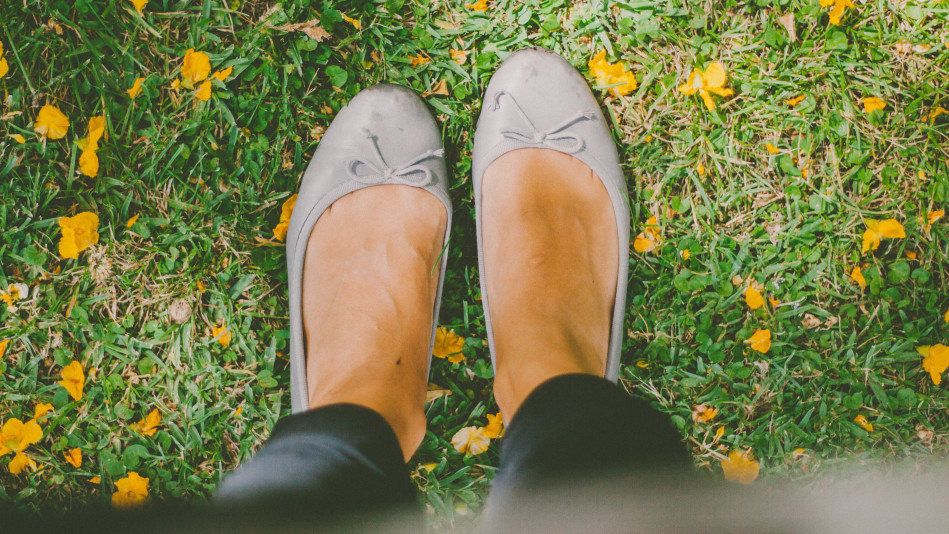
Best for: Dining alfresco; watching a play at an outdoor theater
Avoid: Museum tours; hopscotch, any kind of long walk; actual ballet
Doctor's note: If you wear ballet flats at work, stash them at your desk and commute in sneakers, suggests Brenner. Your feet will thank you.
Related
Before You Go
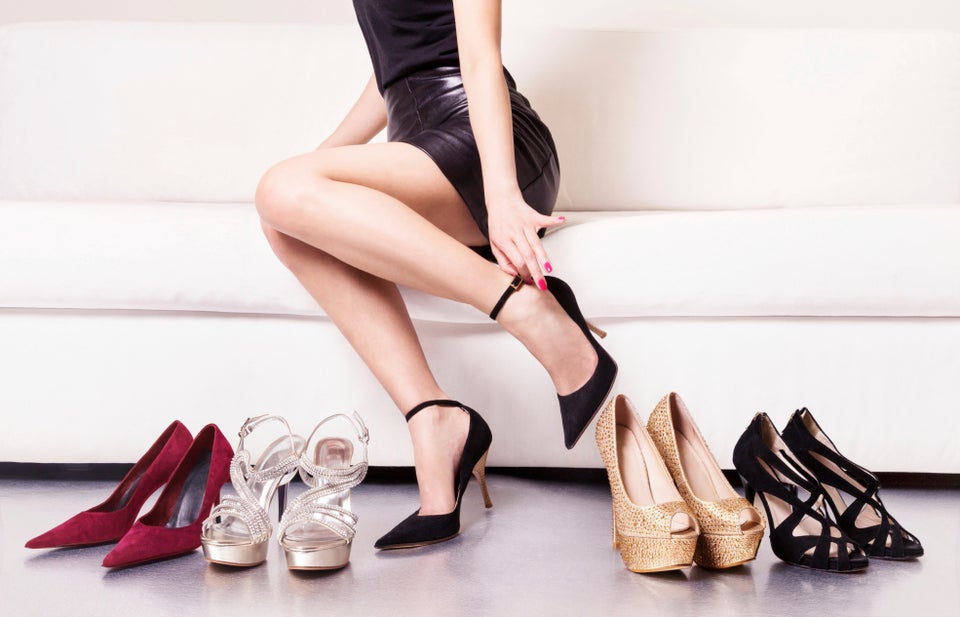
A new pair of sandals often comes at the steep price of painful blisters. The sores form from chafing that happens when a shoe rubs up against the skin until it balloons out, filling with fluid to cushion and protect the deeper layers of skin underneath, explains Jackie Sutera, a New York City podiatrist.
The first step for prevention, says Jane Andersen, a podiatrist in Chapel Hill, North Carolina and a spokesperson for the American Podiatric Medical Association, is to buy shoes that are comfortable when you buy them and don't need to be "broken in." Look for soft fabrics or leathers, and then take them for a test drive at home for an hour or so to make sure you stay pain-free before you wear them outside. You can also try lining any painful spots with moleskin to prevent the friction that ultimately causes blisters.
But sometimes, even seemingly comfy shoes can cause problems. "I've purchased perfectly good pairs of shoes that have given me blisters," Andersen says. If you do end up in pain, clean the blister with regular hand soap and try to leave it intact. But if the pain is unbearable, use an alcohol-sterilized needle to poke a tiny hole in the side of the blister and drain the fluid out, leaving all the skin intact. Then apply some antibiotic ointment and cover with a band-aid. (Don't try this at home if you're diabetic, though, Andersen cautions.)
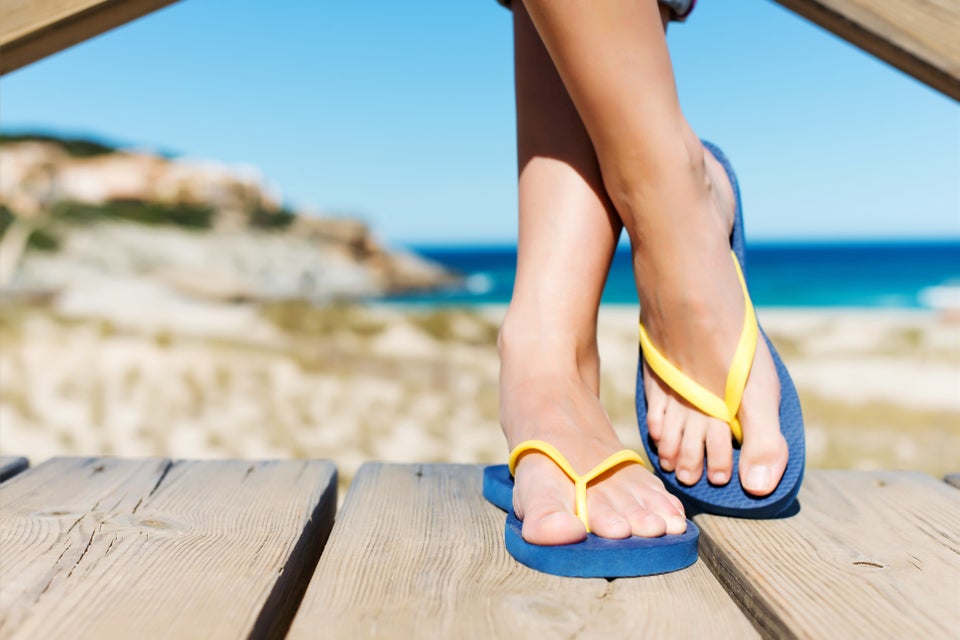
Over-wearing this summertime staple can cause stress fractures, heel pain and tendonitis, and can exacerbate hammertoes. "These are not shoes that we should be wearing from 8 in the morning to 8 at night," Sutera says. "That's not really what these shoes are made for."
That said, they're hard to resist. And there are ways you can make flip flops a safer footwear choice.
"Not all flip flops are created equally," Sutera says. Look for a pair with a thicker sole with arch support -- and the more straps the better, as that can reduce the stress placed on the toes from gripping the flip flop so it doesn't fly off your foot. You shouldn't be able to bend the flip flop (or any shoe, for that matter), in half -- that's your first clue that it won't provide enough support. Reserve the ultra-thin ones for the locker room or pool.
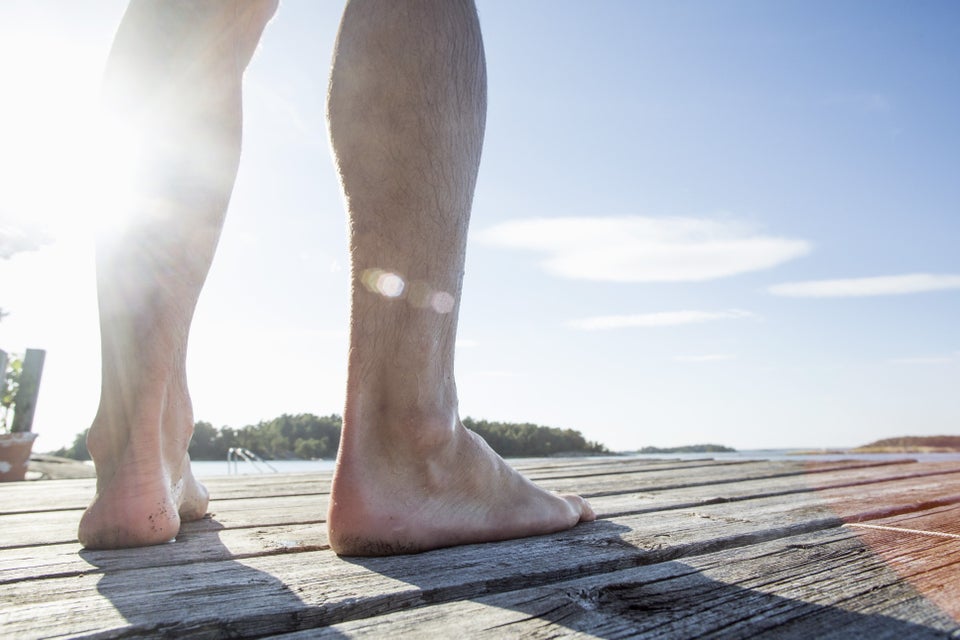
Walking barefoot might be one of the great joys of summer, but it can also put you at an increased risk of contracting viruses like warts, fungus such as athlete's foot, or bacteria that can cause a skin infection, Andersen explains. These things tend to thrive in warm, moist environments, like a public pool.
Going shoeless also raises the risk of picking up foreign bodies, like stepping on glass or splinters.
Even walking around barefoot at home can be problematic, Andersen says, because the foot is left unsupported. If your house has a no-shoes rule, consider throwing on a pair of supportive slippers or indoor flip flops.
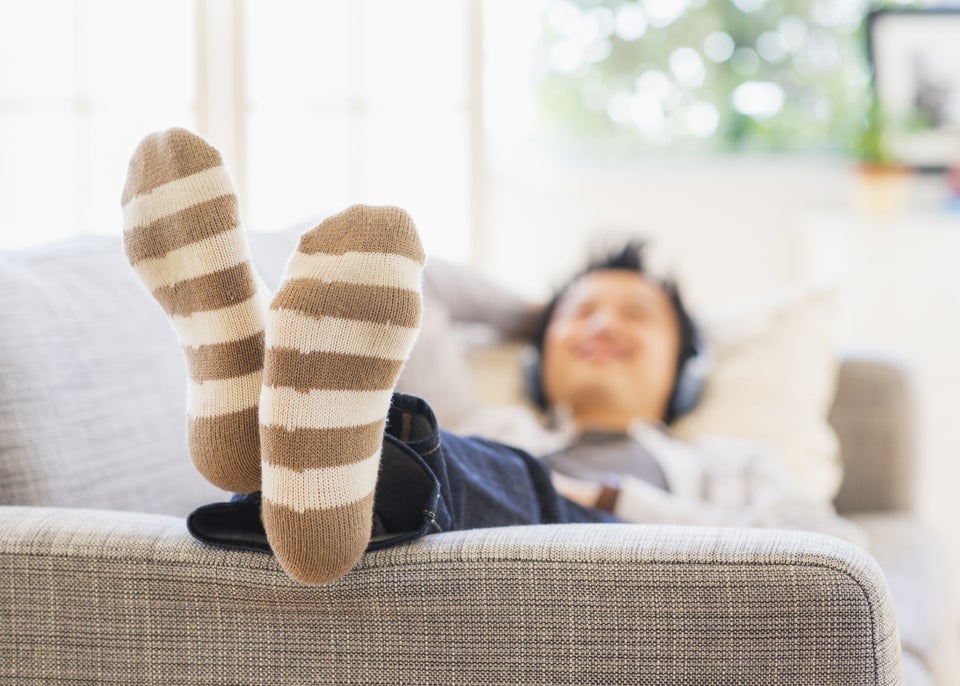
For some people, hot temps mean sweaty feet, and all that moisture can increase the risk picking up an infection. Andersen suggests wearing socks that wick excess moisture away, and changing out of damp socks as soon as possible. If you can't shower, at least rinse your feet off. "Keep a nice, cool environment for your feet," she says.
One natural trick? Brew regular black tea, let it cool and tuck your feet in for 30 minutes. Andersen says the tannins in the tea can decrease sweat production.

For many, polished toenails are a summertime necessity -- but serious health risks might be lurking in the pedicure chair.
"Pedicures can be a source for real problems," Andersen says. Everything from the tools to the relaxing whirlpool soak can transmit nail fungus, wart viruses and sometimes serious bacterial infections.
To stay safe, consider bringing your own tool set, Sutera says, especially the foot file, and clean your tools back home with a betadine solution. She also tells her patients to avoid the "Wednesday special," or a great deal that brings dozens more customers -- and germs -- through the salon. If possible, schedule your appointment at the beginning of the day, when technicians should be less tired and the tools and basins a little bit cleaner.
And don't shave or wax your legs for at least 24 hours before your appointment -- hair removal can cause microscopic cuts, increasing susceptibility to infection.

One study from the University of Miami and the "Today" show found that a single pair of flip flops can harbor a whopping 18,000 bacteria, including the dangerous superbug Staphylococcus aureus.
Walking the streets in open shoes can mean kicking up all sorts of debris, including human vomit, feces, bird droppings and a whole host of other unappetizing things, Phillip Tierno, director of clinical microbiology and immunology at the NYU Langone Medical Center, told The Huffington Post. Then you take your shoes off and touch, say, your face. "It's a repository for everything you brought in from the outside and [you] don't give it a second thought," he said.
A few simple precautions can keep you safe: Tierno recommends removing your shoes before entering the house and avoiding wall-to-wall carpeting when possible, as it can harbor germs. Slip on a pair of slippers at the end of the day and wash your hands thoroughly -- between 25 and 30 seconds -- after you remove your shoes.

Wearing open-backed shoes can spread the fat pad of the heel, causing the skin to crack, says Andersen. If you have any deep cracks where you can see dried blood, treat the heel with an antibiotic oil and cover with a band aid.
But if you just have run-of-the-mill dry summer heels, Sutera suggests treating them with an exfoliating moisturizer every day and run a pumice stone over them once or twice a week in the shower -- but only in one direction, as going back and forth can actually make the split skin worse.
Dry, cracked heels can also be a sign of a fungus, psoriasis, thyroid issues and diabetes, Sutera says. If you're concerned, visit a podiatrist or dermatologist to get the all clear.

